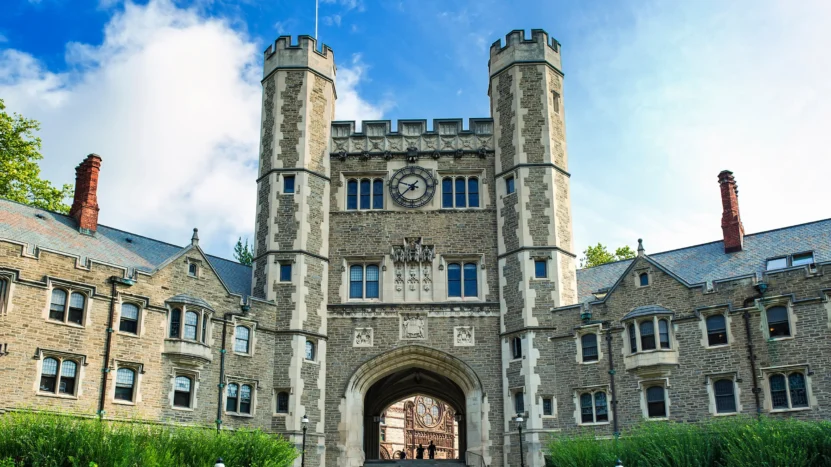
Share Post:
Gaining admission to the most competitive colleges requires outstanding academic records, strong extracurricular involvement, and impressive achievements. Many students dream of attending top universities, but only a small number receive acceptance letters.
Some schools accept only a tiny fraction of applicants, making them nearly impossible to get into. Low acceptance rates show how selective these colleges are, with thousands of hopeful students competing for limited spots.
A closer look at 2025 acceptance rates reveals which schools remain the hardest to enter. Knowing these numbers helps students prepare for the challenges of applying to elite institutions.
Table of Contents
ToggleMinerva University
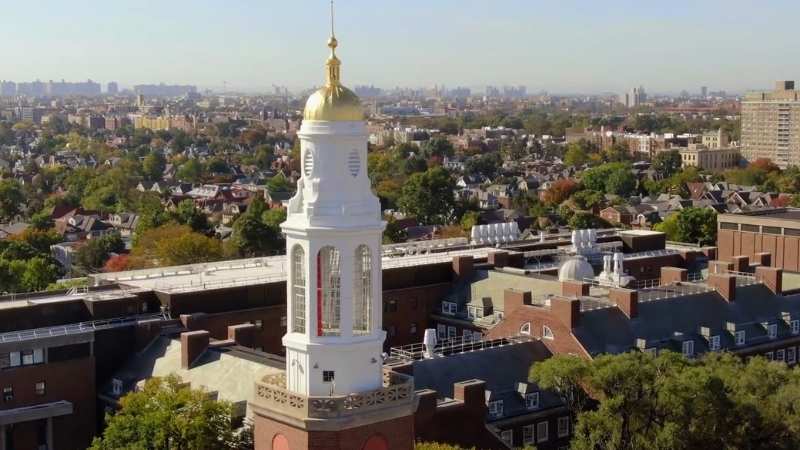
| Category | Details |
|---|---|
| Location | San Francisco, California |
| Acceptance Rate | 1% |
| Founded | 2012 |
| Type | Private, Non-Profit |
| Degrees Offered | Bachelor’s Degrees |
| Campus Model | Global rotational residency |
Minerva University’s 1% acceptance rate makes it the most selective institution in the world. Unlike traditional universities, Minerva evaluates students based on problem-solving abilities, cognitive skills, and real-world adaptability rather than standardized test scores alone.
Applicants go through a multi-stage assessment, including interactive online challenges and situational judgment tests. Academic excellence alone is not enough. Successful candidates demonstrate strong critical thinking, adaptability, and global awareness.
Academic Structure
Minerva does not follow the standard lecture-based system. Instead, students engage in active learning sessions through an advanced digital platform designed to improve retention and engagement.
Every class is conducted through small, live discussion groups using the Forum platform, which eliminates passive listening.
The curriculum includes mandatory courses in complex systems, formal analysis, and empirical analysis before students choose their majors.
This structure ensures that all students develop analytical reasoning, quantitative skills, and interdisciplinary problem-solving capabilities.
Global Learning Experience
Students live in seven different cities over four years, including San Francisco, Berlin, Buenos Aires, Seoul, Hyderabad, London, and Taipei. The university does not have a central campus, forcing students to integrate into local communities.
Housing is provided, but students must actively navigate cultural and logistical challenges, gaining practical life skills.
Each city experience aligns with the curriculum, offering projects and internships that connect learning to real-world applications. For example, business students might work with start-ups in Berlin, while social science majors analyze public policy in London.
This structure exposes students to diverse global issues and prepares them for careers in international environments.
Career Opportunities
Minerva graduates secure positions at top firms like Google, McKinsey, and Goldman Sachs. Many also pursue further education at institutions such as Harvard, Oxford, and Stanford.
The university’s emphasis on practical skills, networking, and real-world experience makes its graduates highly competitive in the job market.
The alumni network remains small due to the selective admissions process, but it includes professionals in high-impact industries such as artificial intelligence, public policy, and global consulting.
California Institute of Technology (Caltech)
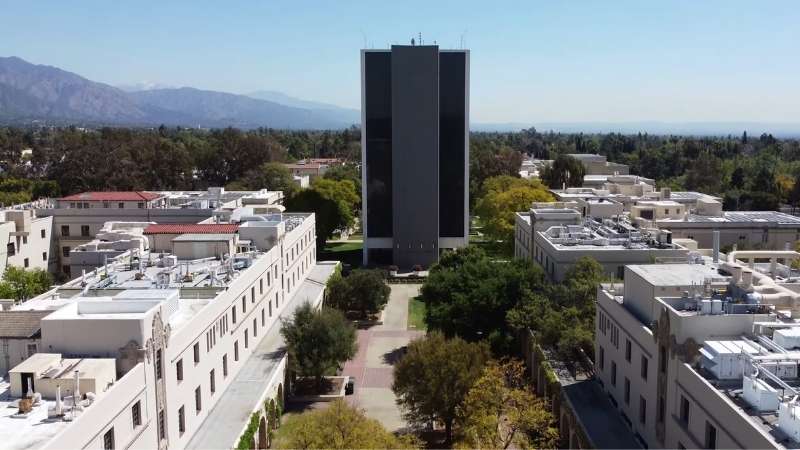
| Category | Details |
|---|---|
| Location | Pasadena, California |
| Acceptance Rate | 3% |
| Founded | 1891 |
| Type | Private, Research University |
| Degrees Offered | Bachelor’s, Master’s, Ph.D. |
| Specialties | STEM (Science, Technology, Engineering, Mathematics) |
Caltech admits only 3% of applicants, making it one of the most selective universities in the world. The admissions process prioritizes academic excellence in math and science, requiring applicants to demonstrate advanced coursework and independent research experience.
SAT and ACT scores are optional, but admitted students typically have near-perfect scores.
Applicants must submit extensive essays and recommendations that highlight intellectual curiosity and research potential.
Academic Rigor
Caltech’s curriculum focuses on mathematics, physics, and engineering. All students complete a core curriculum that includes advanced calculus, physics, chemistry, and computer science, even if they do not major in those subjects.
The pace is intense, with problem sets that often require collaborative efforts. Professors expect students to engage in deep analytical thinking, making courses among the most challenging in the world.
Research and Innovation
Caltech emphasizes hands-on research at every level. Undergraduate students participate in the Summer Undergraduate Research Fellowships (SURF) program, working directly with faculty on cutting-edge projects in fields such as quantum computing, space exploration, and biotechnology.
The university operates NASA’s Jet Propulsion Laboratory (JPL), offering direct research opportunities in aerospace and planetary science.
Career Opportunities
Caltech alumni excel in academia, technology, and engineering. Many go on to pursue Ph.D. programs at MIT, Stanford, and Harvard. Graduates frequently secure positions at top organizations such as NASA, Google, and SpaceX.
Harvard University

| Category | Details |
|---|---|
| Location | Cambridge, Massachusetts |
| Acceptance Rate | 3% |
| Founded | 1636 |
| Type | Private, Ivy League |
| Degrees Offered | Bachelor’s, Master’s, Ph.D., Professional Degrees |
| Specialties | Law, Medicine, Business, Humanities, Sciences |
Harvard’s 3% acceptance rate reflects its highly competitive admissions process. The university seeks students who demonstrate exceptional academic achievements, leadership, and community impact.
Applications are reviewed holistically, considering essays, extracurriculars, and letters of recommendation. Harvard practices need-blind admissions, meaning financial background does not impact acceptance.
Academic Excellence
Harvard offers more than 50 undergraduate concentrations, with flexibility in designing interdisciplinary programs. The faculty includes Nobel Prize winners, former government officials, and industry leaders.
The general education program ensures that students gain knowledge across multiple disciplines, fostering critical thinking and analytical skills.
Campus and Resources
Harvard’s extensive library system, including the Widener Library, holds one of the largest collections in the world. Research opportunities are available in all fields, from biomedical sciences at the Harvard Medical School to political studies at the Kennedy School of Government.
The university provides access to state-of-the-art facilities, including innovation labs, business incubators, and global study programs.
Career and Alumni Network
Harvard’s alumni network spans politics, business, technology, and the arts. Graduates secure leadership roles at Fortune 500 companies, international organizations, and top law firms.
Many pursue further education at Harvard Law School, Harvard Business School, or other elite institutions.
Stanford University
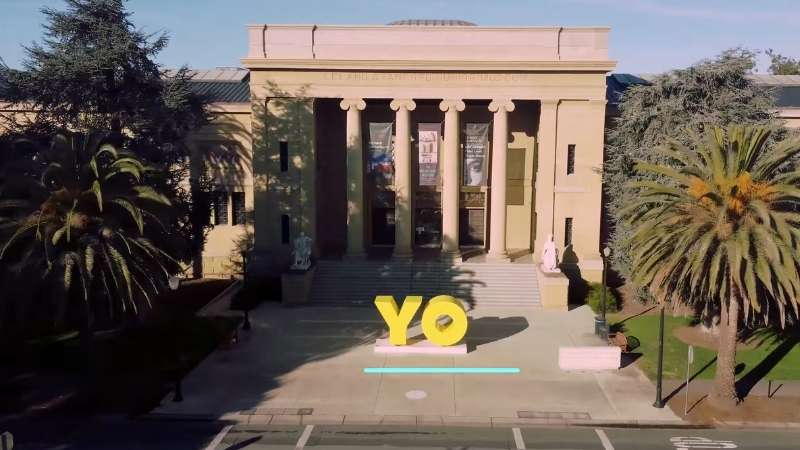
| Category | Details |
|---|---|
| Location | Stanford, California |
| Acceptance Rate | 4% |
| Founded | 1885 |
| Type | Private, Research University |
| Degrees Offered | Bachelor’s, Master’s, Ph.D. |
| Specialties | Engineering, Business, Computer Science, Social Sciences |
Stanford admits only 4% of applicants, making entry highly competitive. The admissions process evaluates academic performance, leadership, and personal impact. Essays play a major role, allowing applicants to showcase intellectual curiosity and problem-solving skills.
Strong letters of recommendation, extracurricular activities, and demonstrated innovation in any field can strengthen an application.
Academic Structure
The university offers 65 undergraduate majors with an emphasis on interdisciplinary learning. The quarter system allows students to take more courses than in a semester-based system.
General education requirements ensure that students gain knowledge in humanities, sciences, and social sciences, regardless of their major.
Engineering and computer science programs remain among the most competitive, with students often engaging in research from their first year.
Research and Innovation
Stanford houses cutting-edge research facilities, including the SLAC National Accelerator Laboratory and the AI-focused Stanford Institute for Human-Centered Artificial Intelligence.
Undergraduate students have access to significant funding for independent research, internships, and startup ventures.
The university’s close ties to Silicon Valley provide unique opportunities for collaboration with major technology firms.
Career and Alumni Network
Graduates secure positions at top firms such as Google, Apple, and Tesla, while others launch successful startups. The alumni network includes business leaders, politicians, and Nobel laureates. Many students go on to attend prestigious graduate programs in law, medicine, and business.
Columbia University

| Category | Details |
|---|---|
| Location | New York City, New York |
| Acceptance Rate | 4% |
| Founded | 1754 |
| Type | Private, Ivy League |
| Degrees Offered | Bachelor’s, Master’s, Ph.D., Professional Degrees |
| Specialties | Humanities, Journalism, Law, Business, Sciences |
Admission Challenges
Columbia’s 4% acceptance rate makes it one of the hardest Ivy League schools to enter. Admissions officers look for students with strong academic backgrounds, leadership roles, and unique perspectives.
The required Core Curriculum ensures that all students have a solid foundation in philosophy, literature, history, and the arts. Personal essays and recommendations must demonstrate intellectual depth and curiosity.
It is also one of the most expensive universities.
Core Curriculum
Columbia’s academic model requires all students to complete the Core Curriculum, a set of mandatory courses covering philosophy, literature, science, art, and social thought.
This structure ensures that students engage in discussions about major global ideas, regardless of their chosen major.
The university offers 80 undergraduate programs, with competitive admissions in business, law, and international relations.
Research and Global Impact
The university’s research facilities contribute to advancements in artificial intelligence, biomedical sciences, and climate studies.
Columbia is home to the Pulitzer Prize-winning journalism school and the Earth Institute, which focuses on sustainability and environmental issues.
New York City provides access to leading companies, media organizations, and government agencies, offering students hands-on learning experiences.
Career and Alumni Network
Graduates enter top industries, including finance, law, and media. Many secure positions at major firms such as Goldman Sachs, The New York Times, and the United Nations.
Columbia’s alumni network includes U.S. Presidents, Supreme Court Justices, and Nobel Prize winners.
Massachusetts Institute of Technology (MIT)
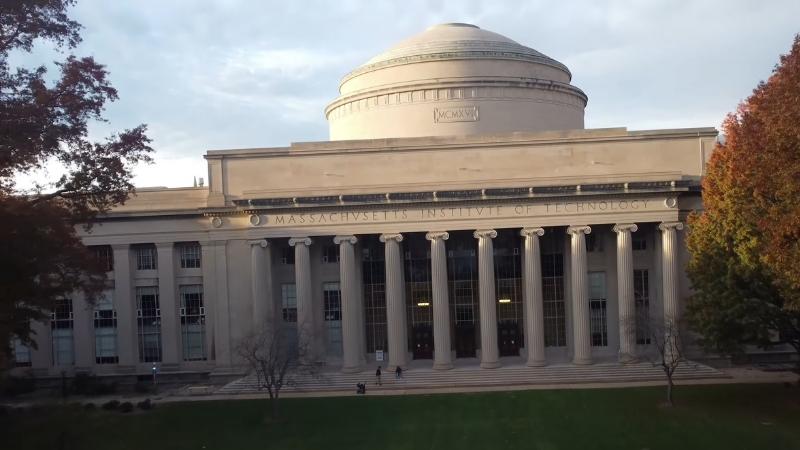
| Category | Details |
|---|---|
| Location | Cambridge, Massachusetts |
| Acceptance Rate | 4% |
| Founded | 1861 |
| Type | Private, Research University |
| Degrees Offered | Bachelor’s, Master’s, Ph.D. |
| Specialties | Engineering, Computer Science, Mathematics, Physics |
MIT’s 4% acceptance rate makes it one of the most selective universities in the world. The admissions process prioritizes problem-solving ability, creativity, and passion for science and technology.
Applicants must show a strong background in mathematics and sciences, often with national or international competition experience.
Essays focus on how students approach challenges and contribute to the community.
Academic Rigor
MIT’s curriculum is built around hands-on problem-solving and innovation. The General Institute Requirements (GIRs) ensure that all students master mathematics, physics, biology, and chemistry before specializing.
The university emphasizes collaborative learning, with many courses structured around team projects and real-world applications.
Research and Innovation
MIT leads in fields such as artificial intelligence, aerospace engineering, and biomedical sciences. Research opportunities start from the undergraduate level, with students working on projects at the Media Lab, Lincoln Laboratory, and the Computer Science and Artificial Intelligence Laboratory (CSAIL).
Many students participate in the Undergraduate Research Opportunities Program (UROP), where they collaborate with faculty on groundbreaking work.
Career and Alumni Network
Graduates frequently enter technology, finance, and entrepreneurship. Many secure positions at top firms like SpaceX, Google, and Microsoft, while others launch startups.
The university fosters a strong entrepreneurial culture, with alumni founding companies such as Dropbox, Intel, and Bose.
Princeton University
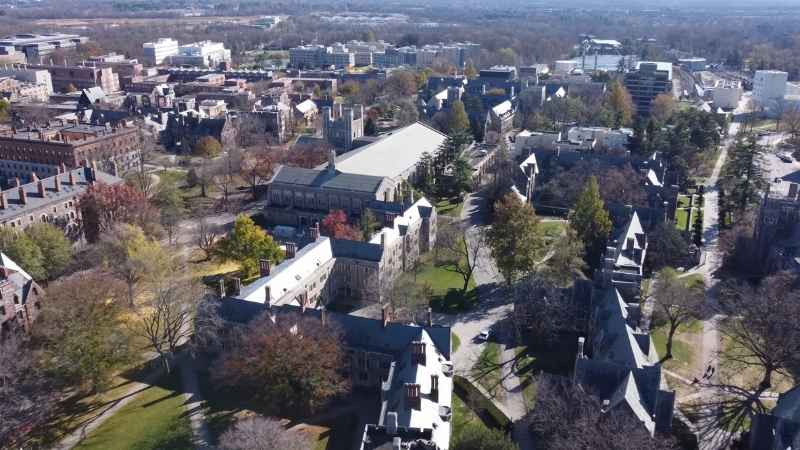
| Category | Details |
|---|---|
| Location | Princeton, New Jersey |
| Acceptance Rate | 4% |
| Founded | 1746 |
| Type | Private, Ivy League |
| Degrees Offered | Bachelor’s, Master’s, Ph.D. |
| Specialties | Public Policy, Humanities, Sciences, Engineering |
Princeton admits only 4% of applicants, selecting students based on academic excellence, leadership, and personal achievements. The university requires strong personal essays that reflect intellectual curiosity and community involvement.
Princeton’s application process also includes a graded written paper to assess critical thinking and writing skills.
Academic Excellence
The university follows a liberal arts approach, requiring students to complete coursework across multiple disciplines. Princeton is known for its rigorous writing requirements, with all seniors completing an original thesis in their major.
Faculty members include renowned scholars, Pulitzer Prize winners, and Nobel laureates.
Research and Global Initiatives
Princeton provides extensive undergraduate research opportunities. The Princeton Institute for International and Regional Studies supports global studies, while the School of Engineering conducts cutting-edge research in energy and artificial intelligence.
The university’s endowment funds numerous international fellowships, allowing students to gain global experience.
Career and Alumni Network
Princeton graduates enter fields such as government, finance, and technology. The university’s alumni network includes U.S. Presidents, Supreme Court Justices, and Fortune 500 executives.
Many students secure positions at leading firms such as Goldman Sachs, Google, and McKinsey & Company, while others pursue graduate studies at top institutions.
Yale University
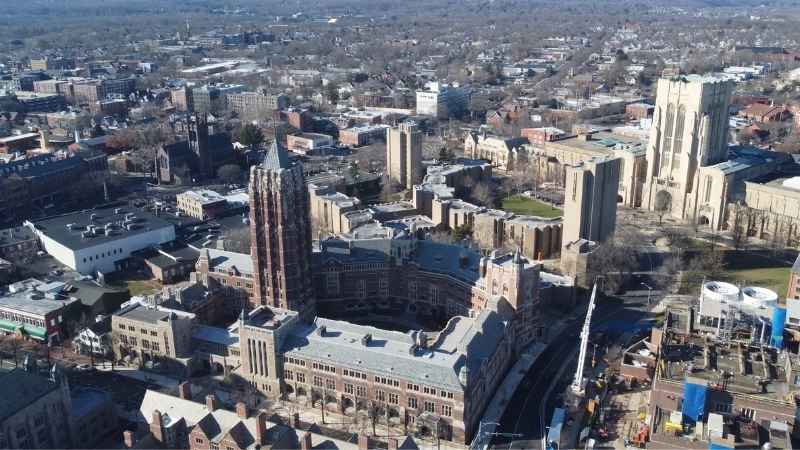
| Category | Details |
|---|---|
| Location | New Haven, Connecticut |
| Acceptance Rate | 5% |
| Founded | 1701 |
| Type | Private, Ivy League |
| Degrees Offered | Bachelor’s, Master’s, Ph.D., Professional Degrees |
| Specialties | Law, Humanities, Political Science, Business |
Yale’s 5% acceptance rate makes admission highly competitive. The university seeks students with outstanding academic records, artistic and extracurricular achievements, and leadership skills.
Essays play a crucial role, as Yale values intellectual curiosity and personal expression. Applicants often showcase unique projects or research experiences to stand out.
Academic Structure
The university offers over 80 majors, with a strong focus on the humanities and social sciences. The residential college system fosters a tight-knit academic and social community.
Yale College encourages independent research, with many students working on senior theses in their respective fields.
Research and Arts Programs
Yale is home to the Beinecke Rare Book & Manuscript Library and the Yale Center for British Art. The university’s law school remains one of the top-ranked in the world, influencing U.S. legal and political landscapes.
Research in medical sciences, artificial intelligence, and international relations continues to shape global policies and innovations.
Career and Alumni Network
Graduates secure positions in government, law, media, and finance. Many enter leadership roles at organizations such as the U.S. Department of State, the United Nations, and major news outlets. The alumni network includes former U.S. Presidents, Supreme Court Justices, and CEOs of major corporations.
Brown University
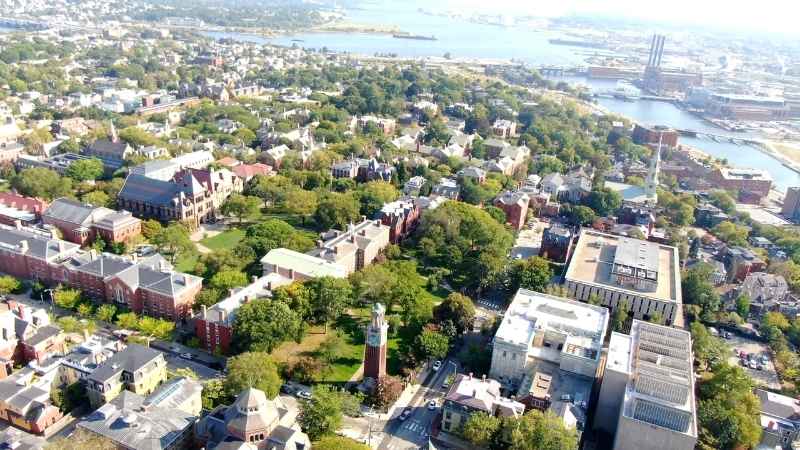
| Category | Details |
|---|---|
| Location | Providence, Rhode Island |
| Acceptance Rate | 5% |
| Founded | 1764 |
| Type | Private, Ivy League |
| Degrees Offered | Bachelor’s, Master’s, Ph.D. |
| Specialties | Open Curriculum, Social Sciences, Liberal Arts |
Brown’s 5% acceptance rate reflects its highly selective process. The university evaluates applicants based on academic achievements, creativity, and independent thinking. The application essays allow students to showcase their personal experiences and intellectual curiosity.
Brown’s open curriculum attracts self-motivated students eager to design their own academic paths.
Open Curriculum
Unlike most Ivy League schools, Brown does not have general education requirements. Students build their own academic programs, selecting courses that align with their interests. This flexibility encourages exploration and interdisciplinary studies.
The university offers over 80 majors, with strong programs in public policy, neuroscience, and literature.
Research and Innovation
Brown emphasizes undergraduate research, providing grants and fellowships for independent projects. The Watson Institute for International and Public Affairs supports studies in global politics and economics.
The Brown Arts Initiative funds creative projects, making the university a hub for artistic and cultural research.
Career and Alumni Network
Graduates enter industries such as technology, healthcare, and public service. Many secure roles at Google, Apple, and major research institutions. The alumni network includes Nobel Prize winners, politicians, and entrepreneurs.
Brown’s reputation for fostering creativity and independent thought makes its graduates highly sought after in various fields.
University of Chicago
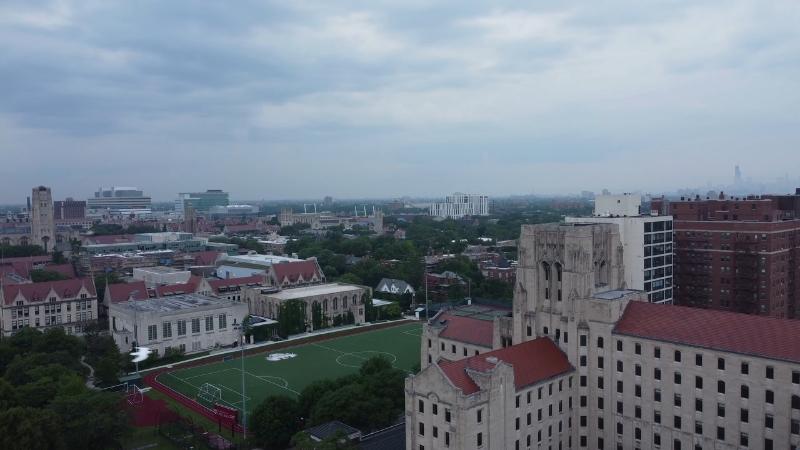
| Category | Details |
|---|---|
| Location | Chicago, Illinois |
| Acceptance Rate | 5% |
| Founded | 1890 |
| Type | Private, Research University |
| Degrees Offered | Bachelor’s, Master’s, Ph.D. |
| Specialties | Economics, Political Science, Law, Humanities |
The University of Chicago’s 5% acceptance rate reflects its highly selective admissions process. The university values intellectual rigor and analytical thinking.
Essays play a major role, with UChicago known for its unique, thought-provoking prompts. Students who excel in independent research and academic competitions often have an advantage.
Academic Rigor
The Core Curriculum requires students to take courses in humanities, mathematics, natural sciences, and social sciences. This rigorous foundation ensures that graduates develop strong analytical and critical thinking skills.
Economics remains one of the university’s most prestigious programs, with faculty members shaping global financial and policy decisions.
Research and Policy Impact
UChicago is home to the Booth School of Business, the Law School, and the Harris School of Public Policy. The university’s research institutes contribute to advancements in artificial intelligence, data science, and international affairs. The Nobel Prize-winning faculty continues to influence economics, physics, and social sciences.
Career and Alumni Network
Graduates secure top positions in finance, academia, and government. Many work at major investment firms, universities, and policy think tanks. The alumni network includes CEOs, economists, and public officials.
Employers recognize UChicago graduates for their analytical depth and problem-solving abilities.
Final Thoughts
Gaining admission to these universities requires more than high grades and test scores. Each institution looks for students who excel in academics, demonstrate leadership, and contribute unique perspectives.
Strong personal essays, research experience, and extracurricular achievements help applicants stand out in a competitive pool.
The low acceptance rates at these schools reflect their prestige and rigorous academic standards. Students who apply must prepare thoroughly, focusing on intellectual curiosity, real-world problem-solving, and impactful contributions to their fields.
For those seeking alternatives, many other excellent universities offer outstanding education and research opportunities. Success depends on effort, adaptability, and a commitment to continuous learning, regardless of where a student enrolls.
If you want to find universities with the lowest acceptance rates, check official admissions reports and rankings for the most updated data.
Related Posts:
- 10 Colleges with the Lowest Acceptance Rates in the…
- How To Play Roblox at School - Don't Get Caught!
- The High Cost of Education - 25 Most Expensive US.…
- 10 Benefits of Integrating Technology into Education…
- How to Transition Smoothly Into Graduate Social Work
- Top 7 Hardest Degrees in the World - Are You Ready…












